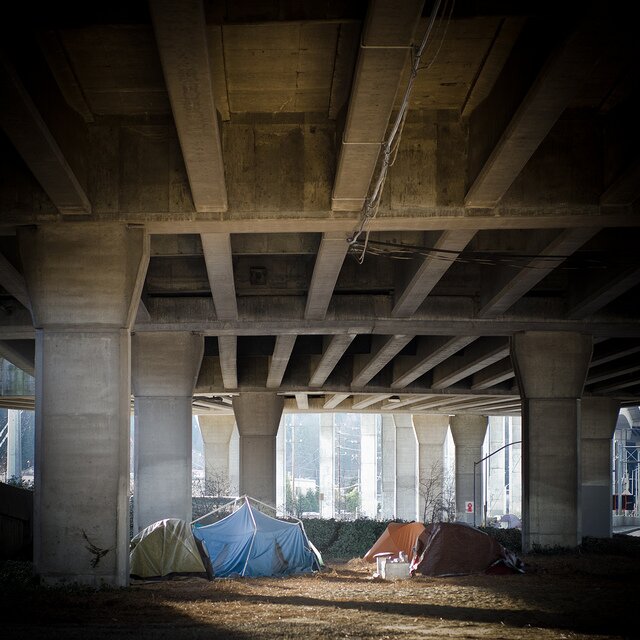 Willie Weir, noted Seattleite, columnist for Adventure Cyclist magazine, and KUOW commentator, gave a high-energy, hilarious, and ultimately moving presentation at REI tonight, reminding a group of several dozen Cascade Bike Club attendees why he loves the tastes, smells, sounds, touches, and sights of bicycle travel, even after 60,000 miles in the saddle.
Willie Weir, noted Seattleite, columnist for Adventure Cyclist magazine, and KUOW commentator, gave a high-energy, hilarious, and ultimately moving presentation at REI tonight, reminding a group of several dozen Cascade Bike Club attendees why he loves the tastes, smells, sounds, touches, and sights of bicycle travel, even after 60,000 miles in the saddle.
Weir’s friend Larry Murante, a remarkable Seattle singer-songwriter, opened and closed the presentation with a live performance of a pair of original songs.
Weir, who has cycled around every corner of God’s green earth, is a triple threat: a trained actor, skilled photographer, and talented writer who has now published two volumes of cycling memoirs. A slim man, not particularly tall, he had the crowd in stitches recounting, in his “Why I love the tastes of bicycling” section, his tale of gorging for five hours at a $5 all-you-can-eat buffet somewhere in Wisconsin, then hoisting his distended belly back into the saddle, and—a few hours later—inveigling his way into more free food at a big family-reunion picnic he came across in a park.
When it came to the sights of bicycling, he shared a dazzling photograph he took of himself, his partner, and their bikes, reflected in the eyes of a smiling boy he met in Latin America. And he impressed many with the biggest life lesson he’s learned from bicycle travel: the importance of slowing down so that a fleeting touch can become embrace; how simply stopping to ask a stranger directions can turn into a week-long encounter, with memories that last a lifetime.
Travel can be local, too: Weir has a blog about “Life in Seattle without a car“–here he is rating the new Mountains-to-Sound Trail, which, incredibly, after Brian Fairbrother’s death, offers cyclists the choice of a downhill sidewalk that feeds to a set of stairs.
Bicycling is not only the most energy-efficient form of transportation yet devisedit focuses the senses, as Weir describes, in a way that offers a great lift to the human spirit. That may sound grandiose, but any seasoned bike traveler will say the equivalent. And although it’s easy for bike travelogues to deal in clichés or stoop to bathos, Weir, who’s an old pro at storytelling, managed to remind everyone in the room why they love riding a bike.
Many thanks to Cascade Bike Club and to REI for offering the 2011/12 Cascade Presentations series, guaranteed to whet any Seattle cyclist’s appetite for adventure and the thrill of the open road.
